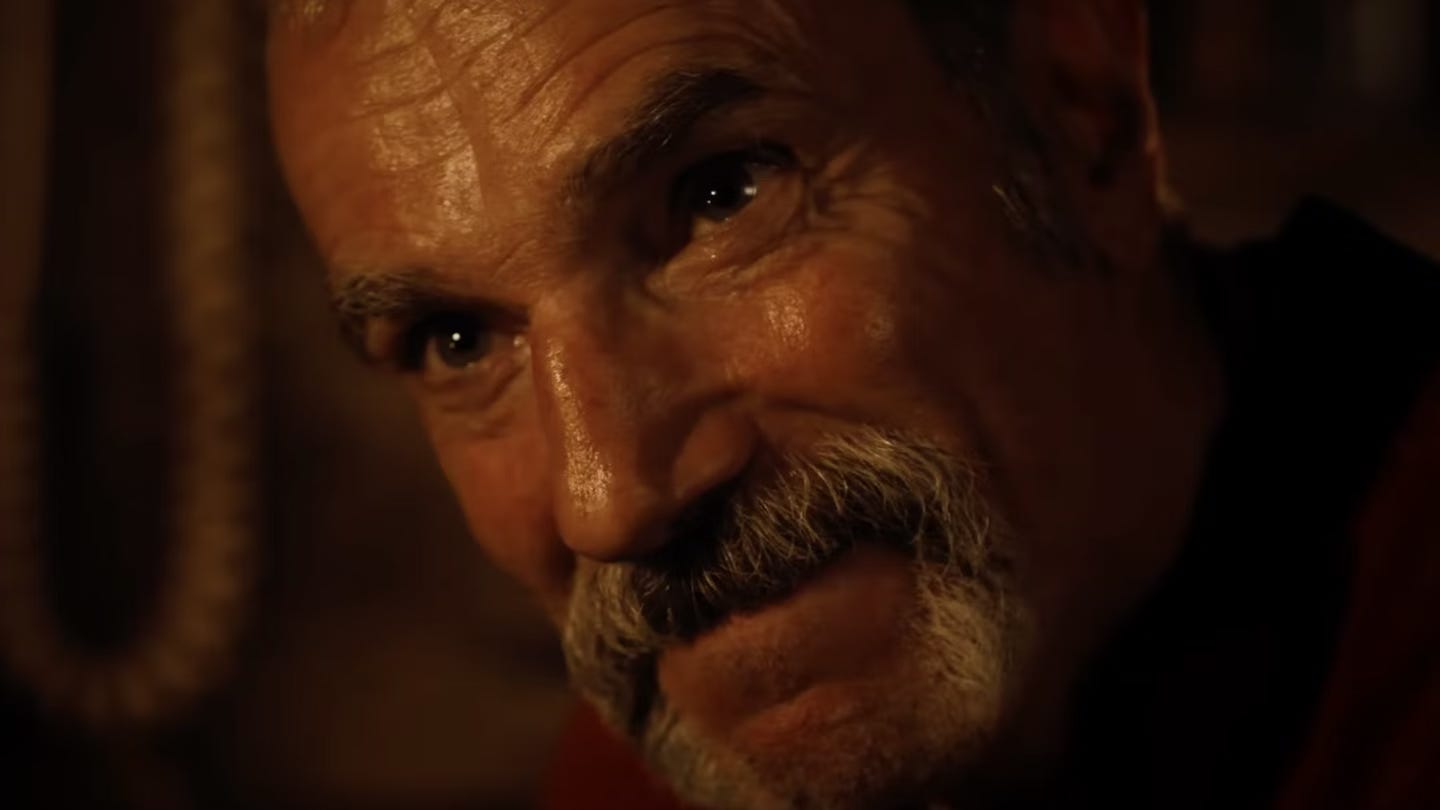Anemone
2025
I have seen a few reviews which called this film “utterly joyless” and “couldn’t see a reason for making it.” What they have (somehow) failed to realize is that the joy is in the shape of the thing—in its lilt and line and lifting. The beauty is in the thing itself—its shine and shadow and shivering. That its reason is every shot that cuts away too soon…
Keep reading with a 7-day free trial
Subscribe to B. A. D. Reviews to keep reading this post and get 7 days of free access to the full post archives.



